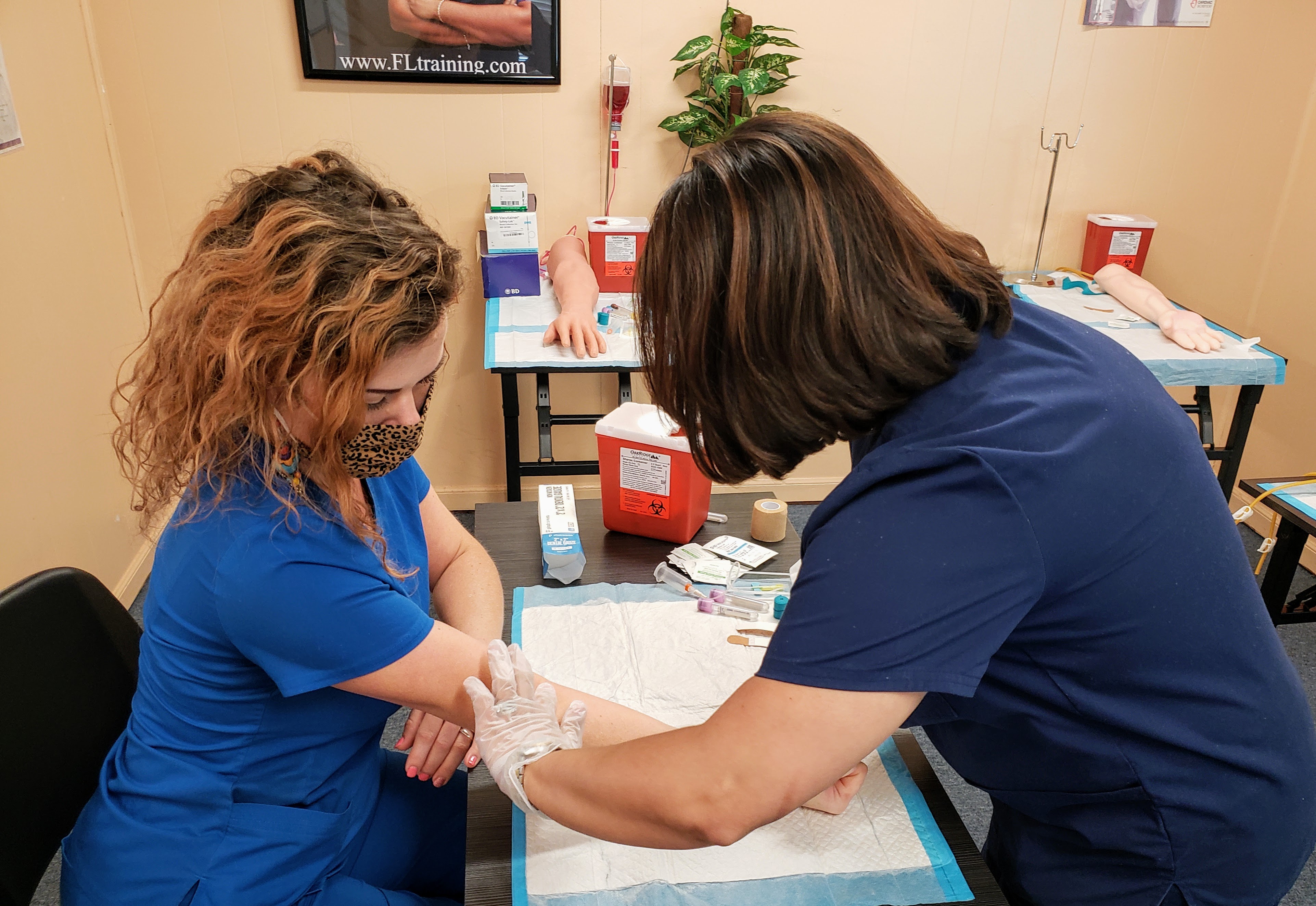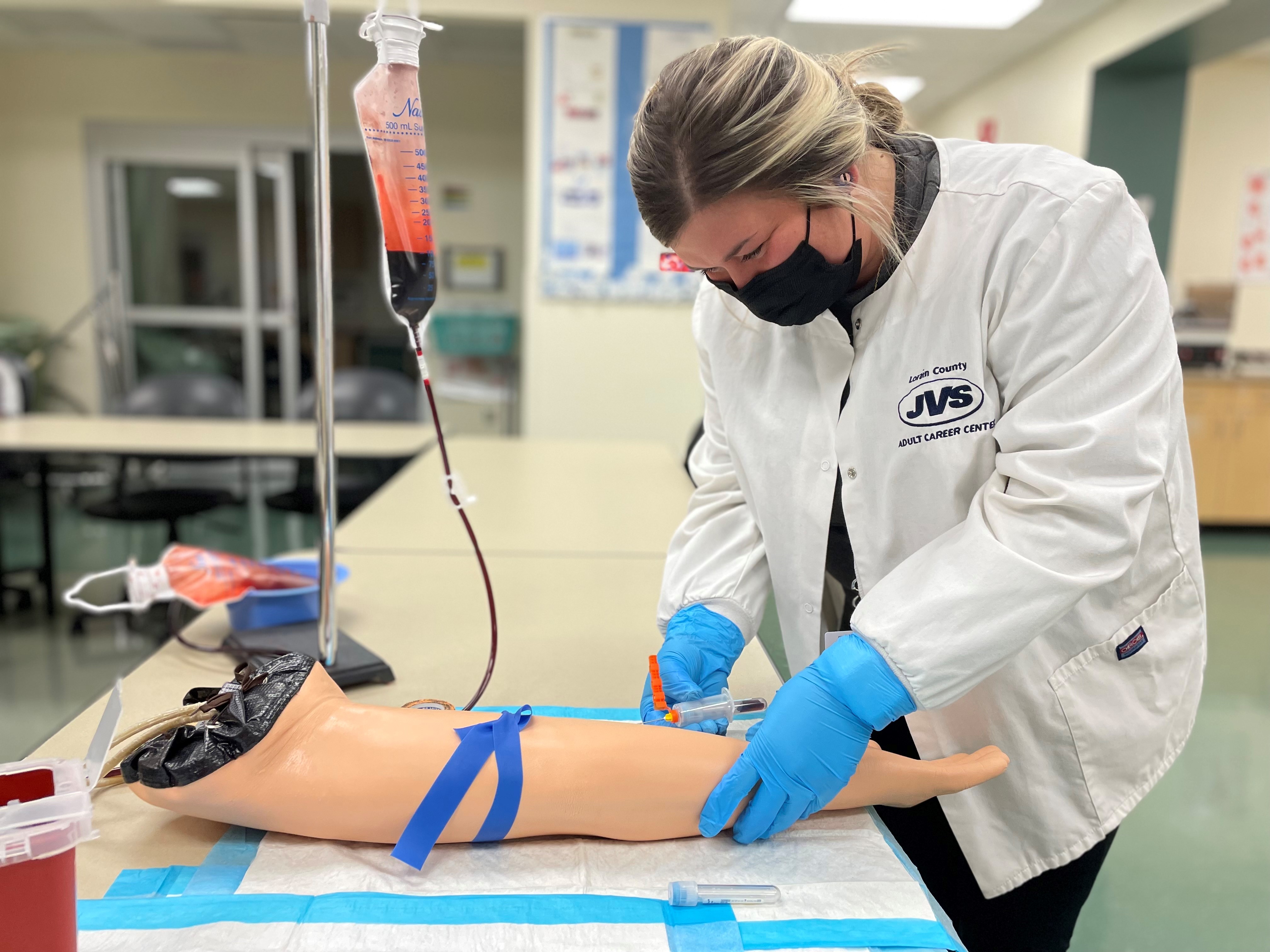All about Northeast Medical Institute - New Haven Campus Phlebotomy Course & Cna Class
All about Northeast Medical Institute - New Haven Campus Phlebotomy Course & Cna Class
Blog Article
Northeast Medical Institute - New Haven Campus Phlebotomy Course & Cna Class Things To Know Before You Get This
Table of ContentsNortheast Medical Institute - New Haven Campus Phlebotomy Course & Cna Class - An OverviewAn Unbiased View of Northeast Medical Institute - New Haven Campus Phlebotomy Course & Cna ClassAn Unbiased View of Northeast Medical Institute - New Haven Campus Phlebotomy Course & Cna ClassThe Greatest Guide To Northeast Medical Institute - New Haven Campus Phlebotomy Course & Cna ClassNortheast Medical Institute - New Haven Campus Phlebotomy Course & Cna Class Can Be Fun For EveryoneTop Guidelines Of Northeast Medical Institute - New Haven Campus Phlebotomy Course & Cna Class
Nevertheless, making use of such devices need to be come with by other infection prevention and control methods, and training in their use. Not all security tools are relevant to phlebotomy. Before choosing a safety-engineered gadget, individuals should completely explore available gadgets to determine their suitable use, compatibility with existing phlebotomy practices, and effectiveness in securing personnel and patients (12, 33).For settings with low sources, expense is a driving element in procurement of safety-engineered tools. Where safety-engineered devices are not readily available, knowledgeable usage of a needle and syringe is acceptable.
In the blood-sampling area for an outpatient division or clinic, supply a comfortable reclining couch with an arm remainder.
Some Of Northeast Medical Institute - New Haven Campus Phlebotomy Course & Cna Class
Guarantee that the indicators for blood sampling are clearly defined, either in a written protocol or in recorded guidelines (e.g. in a research laboratory kind). Collect all the equipment required for the procedure and place it within secure and simple reach on a tray or trolley, guaranteeing that all the products are clearly visible.
Where the person is grown-up and conscious, adhere to the actions described below. Present yourself to the patient, and ask the person to specify their full name. Inspect that the lab form matches the person's identification (i.e. match the person's information with the lab kind, to make sure accurate identification). Ask whether the license has allergic reactions, fears or has ever before collapsed throughout previous injections or blood attracts.
Make the patient comfy in a supine placement (if possible). Place a tidy paper or towel under the patient's arm. Review the test to be performed (see Annex F) and get spoken approval. The client has a right to reject a test at any type of time before the blood tasting, so it is essential to make certain that the individual has actually recognized the procedure.
About Northeast Medical Institute - New Haven Campus Phlebotomy Course & Cna Class
Extend the client's arm and inspect the antecubital fossa or lower arm. Situate a vein of an excellent dimension that shows up, straight and clear. The diagram in Area 2.3, reveals common settings of the vessels, but lots of variants are possible. The average cubital vein lies between muscle mass and is normally one of the most very easy to puncture.
DO NOT place the needle where veins are diverting, due to the fact that this boosts the opportunity of a haematoma. The capillary must show up without applying the tourniquet. Locating the capillary will aid in establishing the proper size of needle. Apply the tourniquet about 45 finger sizes over the venepuncture website and re-examine the vein.
Specimens from main lines carry a threat of contamination or incorrect lab test results. It is appropriate, however not excellent, to attract blood specimens when first presenting an in-dwelling venous tool, prior to connecting the cannula to the intravenous liquids.
All About Northeast Medical Institute - New Haven Campus Phlebotomy Course & Cna Class
Allow the location to dry. Failing to enable enough contact time raises the threat of contamination. DO NOT touch the cleaned up site; specifically, DO NOT put a finger over the capillary to lead the shaft of the subjected needle. It the site is touched, repeat the sanitation. Do venepuncture as adheres to.
Ask the client to form a hand so the blood vessels are extra popular. Enter the blood vessel promptly at a 30 degree angle or less, and proceed to introduce the needle along the vein at the easiest angle of entrance - Phlebotomy Training. When enough blood has been collected, launch the tourniquet prior to taking out the needle
Some Of Northeast Medical Institute - New Haven Campus Phlebotomy Course & Cna Class
Withdraw the needle carefully and apply gentle stress to the site with a clean gauze or dry cotton-wool ball. Ask the client to hold the gauze or cotton wool in area, with the arm expanded and elevated. Ask the patient NOT to flex the arm, due to the fact that doing so triggers a haematoma.

The Only Guide to Northeast Medical Institute - New Haven Campus Phlebotomy Course & Cna Class
Do not press the syringe plunger due to the fact that additional pressure enhances the danger of haemolysis. Where feasible, keep the tubes in a rack and relocate the rack towards you. Inject downwards right into the suitable coloured stopper. DO NOT remove the stopper due to the fact that it will certainly release the vacuum cleaner. If the sample tube does not have a rubber stopper, inject incredibly gradually right into television as minimizing the stress and velocity used to transfer the specimen decreases the threat of haemolysis.

Report this page